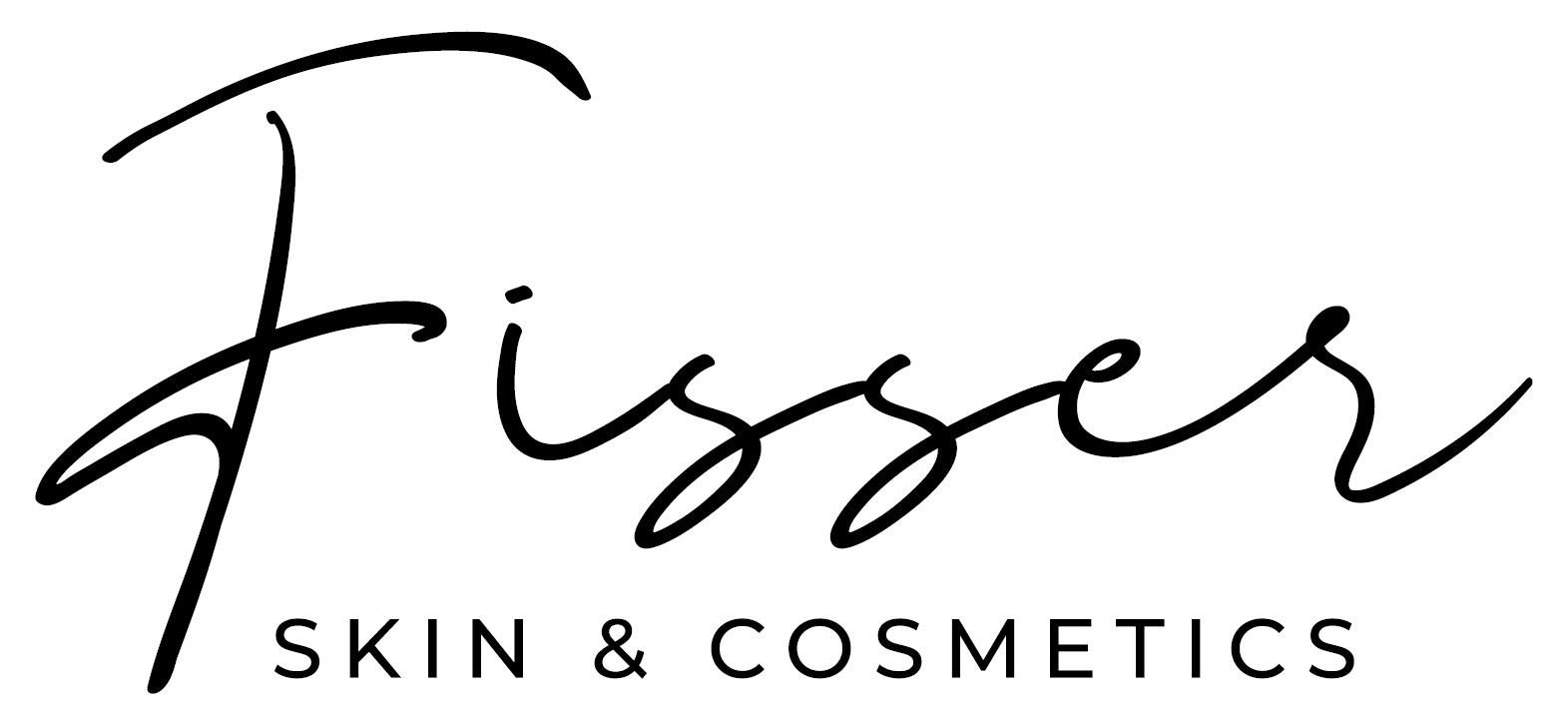Everything You Need to Know About Cosmetic Fillers
Cosmetic fillers are a non-surgical option for enhancing facial features and reducing the signs of aging. These injectable treatments can help to restore volume, smooth out wrinkles, and enhance facial contours. However, before considering a cosmetic filler treatment, it is important to have a thorough understanding of the process, the different types of fillers available, and what to expect during and after the treatment.
What are cosmetic fillers and how do they work?
Cosmetic fillers, also known as dermal fillers or soft tissue fillers, are substances that are injected into the skin to add volume, fill in wrinkles, and enhance facial features. They are typically made from substances such as hyaluronic acid, calcium hydroxylapatite, or poly-L-lactic acid. These fillers work by attracting and retaining water, which helps to plump up the skin and smooth out wrinkles.
Common areas that can be treated with fillers include the cheeks, lips, nasolabial folds (smile lines), marionette lines (lines that run from the corners of the mouth to the chin), and under-eye hollows. Fillers can also be used to enhance facial contours, such as adding volume to the chin or jawline.
Different types of cosmetic fillers and their uses
There are several different types of cosmetic fillers available, each with its own unique properties and uses. The most common types include hyaluronic acid fillers, calcium hydroxylapatite fillers, and poly-L-lactic acid fillers.
Hyaluronic acid fillers are the most popular type of filler and are used to add volume and smooth out wrinkles. They can also be used to enhance lip volume and shape. Some popular hyaluronic acid fillers include Juvederm, Restylane, and Belotero.
Calcium hydroxylapatite fillers are used to stimulate collagen production and add volume to the skin. They are often used to treat deeper wrinkles and folds, such as nasolabial folds. Radiesse is a common calcium hydroxylapatite filler.
Polylactic acid fillers are used to stimulate collagen production and gradually add volume to the skin over time. They are often used to treat larger areas of volume loss, such as the cheeks. Sculptra is a popular polylactic acid filler.
Each type of filler has its own pros and cons. Hyaluronic acid fillers are temporary and can be dissolved if desired. Calcium hydroxylapatite fillers provide longer-lasting results but cannot be dissolved. Polylactic acid fillers require multiple treatments but can provide long-lasting results.
Choosing the right cosmetic filler for your needs
When choosing a cosmetic filler, there are several factors to consider. First, you should have a clear understanding of your desired outcome. Do you want to add volume to your lips, smooth out wrinkles, or enhance facial contours? Different fillers are better suited for different purposes.
Budget is also an important consideration. Some fillers are more expensive than others, and the cost can vary depending on the provider and location. It is important to have a realistic budget in mind before starting the consultation process.
Consulting with a qualified provider is crucial in determining the best filler for your needs. They will be able to assess your facial anatomy, discuss your goals, and recommend the most appropriate filler for you. It is important to choose a provider who has experience and expertise in administering fillers.
The consultation process: What to expect
During a consultation for cosmetic fillers, your provider will assess your facial anatomy, discuss your goals and expectations, and recommend the most appropriate filler for you. They will also explain the procedure, the potential risks and complications, and the expected results.
It is important to be honest about your medical history and any medications or supplements you are taking. Certain medical conditions and medications can increase the risk of complications or affect the results of the treatment. Your provider needs to have a complete understanding of your medical history in order to provide safe and effective treatment.
You should also take this opportunity to ask any questions you may have. Some common questions to ask include:
– How long will the results last?
– What are the potential side effects and complications?
– How many treatments will I need?
– What is the cost of the treatment?
– Can I see before and after photos of previous patients?
Preparing for your cosmetic filler treatment
Before your cosmetic filler treatment, your provider will give you specific pre-treatment instructions. These may include avoiding blood thinners, such as aspirin or ibuprofen, for a certain period of time before the treatment. Blood thinners can increase the risk of bruising and bleeding during the injection process.
On the day of your treatment, it is important to arrive with a clean face, free of makeup or skincare products. Your provider may cleanse your face again before starting the treatment. It is also a good idea to have a trusted friend or family member accompany you to the appointment, as they can provide support and help you get home safely after the treatment.
The injection process: what to expect
The injection process for cosmetic fillers typically involves several steps. First, your provider will cleanse your face and may apply a topical numbing cream to minimize any discomfort during the injections. Some fillers also contain lidocaine, a local anesthetic, which can further reduce pain.
Your provider will then use a fine needle or cannula to inject the filler into the desired areas. They may use a combination of techniques, such as linear threading or fanning, to achieve the desired results. The injections themselves are usually quick and relatively painless, although you may feel some pressure or mild discomfort.
The length of the treatment will depend on the areas being treated and the amount of filler being used. In general, the entire process can take anywhere from 15 minutes to an hour.
Recovery and aftercare: what you need to know
After your cosmetic filler treatment, your provider will give you specific post-treatment instructions to follow. These may include avoiding strenuous exercise or activities that could increase blood flow to the treated areas for a certain period of time. It is also important to avoid touching or rubbing the treated areas, as this can increase the risk of infection.
Common side effects of cosmetic fillers include redness, swelling, bruising, and tenderness at the injection sites. These side effects are usually temporary and will resolve on their own within a few days to a week. Your provider may recommend using ice packs or over-the-counter pain relievers to help manage any discomfort.
It is important to follow up with your provider as scheduled to ensure that you are healing properly and to address any concerns or questions you may have. They will be able to assess the results of the treatment and make any necessary adjustments.
Potential risks and complications of cosmetic fillers
While cosmetic fillers are generally safe when administered by a qualified and experienced provider, there are potential risks and complications associated with the treatment. These can include infection, allergic reactions, lumps or bumps at the injection sites, and asymmetry or overcorrection.
It is important to choose a provider who has proper training and experience in administering fillers. They should have a thorough understanding of facial anatomy and be able to assess your individual needs and risks. If you experience any complications after your treatment, it is important to contact your provider immediately.
Finding a qualified and experienced cosmetic filler provider
When choosing a provider for your cosmetic filler treatment, it is important to do your research and find someone who is qualified and experienced. Look for a provider who has proper training and certification in administering fillers. They should also have a portfolio of before and after photos of previous patients.
You can also ask for recommendations from friends or family members who have had cosmetic filler treatments. Reading online reviews and testimonials can also provide valuable insights into the experiences of other patients.
Conclusion
Cosmetic fillers can be a great option for enhancing facial features and reducing the signs of aging. However, it is important to have a thorough understanding of the process, the different types of fillers available, and what to expect during and after the treatment. By doing your research and consulting with a qualified provider, you can make an informed decision and achieve the best possible results.







